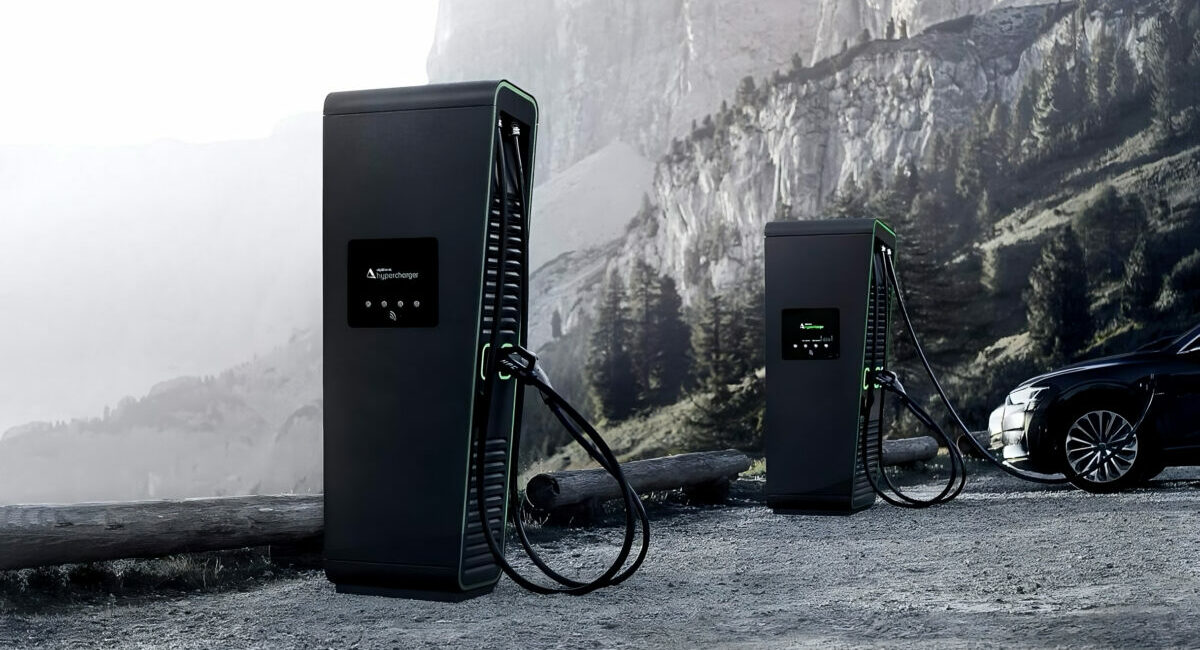People say San Francisco feels like living in the future. The streets are teeming with driverless and electric vehicles (EVs), and it’s the first US city where half of car registrations are hybrids or EVs. Sure, demographics and buying behaviour contribute to San Francisco’s adoption of modern vehicles, but they aren’t the only reasons EV sales are lagging in other areas.
Less than 20% of US adults say they’re very likely to buy an EV as their next car. Why? Many cite cost and lack of charging stations as the main deterrents. The government is working to address these concerns with tax credits for drivers and grants for companies that provide EV charging. But consumer perception is hard to change. Anyone who’s used a public EV charger knows they can be hit-or-miss and need an upgrade. Until that happens, San Francisco may be living in the future, but the rest of the country will remain driving in the past.

Today, 80% of EV owners charge at home, but only 11% of all drivers—both EV and not—say home-charging is an option. The availability of public chargers is crucial to EV adoption, and the US is currently building a network of 1.2 million of them across the country. More public chargers will help folks who can’t charge at home, but volume alone won’t cut it. Even in the San Francisco Bay Area, 28% of fast chargers don’t work due to problems with screens, payment systems, connectors or other issues.
Standardisation is the solution
The auto industry is no stranger to standardisation. Take the introduction of the Environmental Protection Agency’s emission standards, which forced innovations in car and fuel manufacturing to reduce emissions and environmental impact. Now, standardisation is happening in EV charging with the Open Charge Alliance (OCA) at its helm. The OCA is a group of public and private EV leaders that created two open standards for the industry: Open Charge Point Protocol (OCPP) for charger management software and the Open Smart Charging Protocol (OSCP) for energy management.

The latest version of OCPP—2.0.1—is especially important for solving the issues cited for causing charger downtime in the Bay Area because it requires real-time monitoring and better transaction handling. The hope is that all public chargers will meet OCPP 2.0.1 guidelines to improve the performance of EV chargers across the board.
While some CPOs are building proprietary software to power EV chargers or using off-the-shelf solutions that lack flexibility, others are turning to OCPP 2.0.1-compliant open source software. The benefit is that open source software is freely available for use and modification by the public so everyone has a standard platform to use and build on top of. A common standard is the best way to improve the experience of charging an EV—one of the biggest issues standing in the way of adoption. Standard software infrastructure improves reliability and reduces time to repair. It also frees up developers to focus on the consumer experience, which will ultimately improve the rate of adoption.
The opinions expressed here are those of the author and do not necessarily reflect the positions of Automotive World Ltd.
Julian Offermann is Chief Executive and founder of EV charging software provider S44
The AutomotiveWorld.com Comment column is open to automotive industry decision makers and influencers. If you would like to contribute a Comment article, please contact editorial@automotiveworld.com



